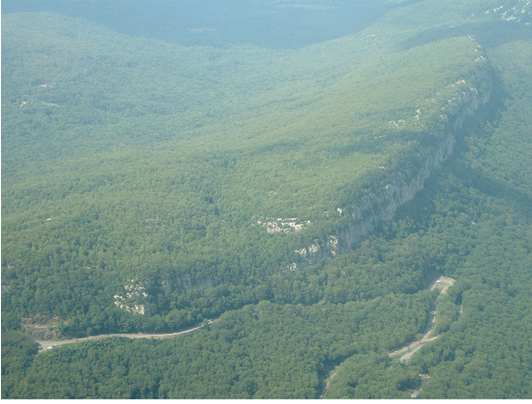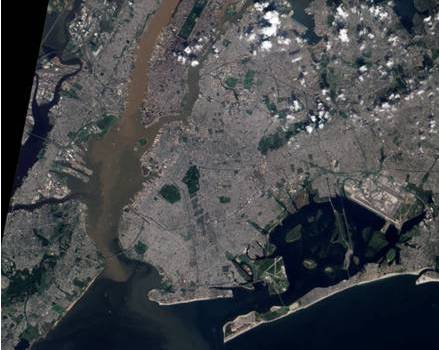Currents
 Currents Publications are Available Online!
Currents Publications are Available Online!
Links to past Currents Publications about the Hudson Valley are below.
 The Hudson Valley extends up into the hills and mountains that define the watershed. Over the past 13,000 years people have used the ridges in varied ways which archaeology is revealing to us.
The Hudson Valley extends up into the hills and mountains that define the watershed. Over the past 13,000 years people have used the ridges in varied ways which archaeology is revealing to us.
 Sediment, seemingly a simple parameter, turns out to have complex economic and environmental links to much of what goes on in the entire watershed.
Sediment, seemingly a simple parameter, turns out to have complex economic and environmental links to much of what goes on in the entire watershed.
Between 1886 and 1900, a Mohawk Valley art teacher named Rufus Grider, sketched and painted current scenes as well as historical reconstructions of the Mohawk Valley. Some of his watercolors are delightful and many are fully realized works of great delicacy and charm. Others are monotints. His paintings and drawing usually have handwritten notes pointing out features and directions. Grider interviewed old-timers to learn about details of landscape or of Revolutionary War-era structures no longer existing. The art works not infrequently contain signed statements from his informants, often in a shaky hand, testifying to their faithfulness.
Summary: It appears inevitable that New York will see the exploitation of natural gas by hydraulic fracturing of shale. The NY DEC has a draft Generic Environmental Impact Statement and draft regulations out for public comment. Despite their thoroughness, the DEC drafts ignore recommendations stemming from the analysis of other industrial accidents, including last year’s BP Gulf of Mexico oil spill.
Links to articles are currently broken and will be fixed soon. In the meantime, please contact This email address is being protected from spambots. You need JavaScript enabled to view it. for copies of articles.

On May 17, 1880 the New York Times reported, “New-Hampton was once one of the most important places in this county (Orange County, New York), being the center of several large manufacturing interests. But, by the authority of the State, the industrial interests of the village were destroyed in order to increase the acreage of the farmers along the upper waters of the Wallkill.

